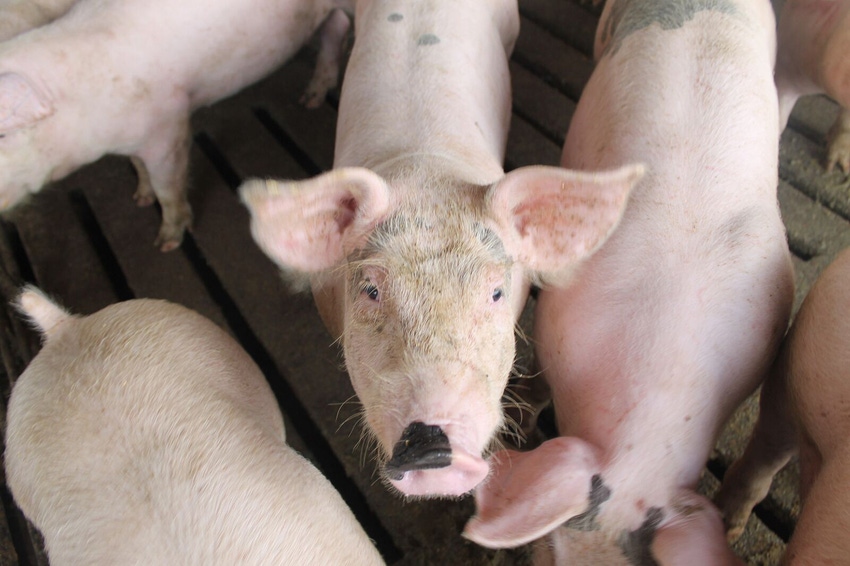SHIC-funded project to investigate PPV2 infections on pig farms
With the coming of winter and spring, PPV2 may play a significant role in pneumonia, abortion and other disorders (perivasculitis, lameness and sudden death).
October 29, 2020

A project funded by the Swine Health Information Center will develop understanding of the prevalence and phylogenetic relationships of porcine parvovirus infections in swine farms. In addition, researchers at South Dakota State University will explore the role PPV2 infection plays in important diseases such as pneumonia, immune deficiency, reproductive failure and lameness, all causes of concern and lost productivity for pork producers. Other specific project objectives include development of research and diagnostic assays, including in situ hybridization and real-time polymerase chain reaction, for the detection, identification and differentiation of PPV1 and PPV2.
SHIC's mission to protect the health of the U.S. swine herd includes funding of this project, enabling work no one else is doing in the industry, then sharing the insights gained to benefit all.
During the project, researchers will ask what the current condition of PPV2 is on pig farms. They know, through evolution, new genetic and antigenic variants of parvovirus have arisen and occasionally achieve high frequency throughout the world. For example, a highly pathogenic canine parvovirus 2a recently emerged in dogs. This virus has gradually replaced the prototype of canine parvovirus as the predominant strain since 2010.
In pigs, a new type of PPV2 was first detected in the United States in 2013 with 20.7% and 7.6% prevalence in lung and fecal samples, respectively. Since 2013, five additional species of PPV have been discovered, with PPV7 recently identified in the United States, Europe and China. Surveillance of PPV infections in the United States is rather limited. Several recent published studies have suggested a clinically significant role for PPV2, however, these results are limited in scope.
PPV1 is a well-known pathogen that can cause swine reproductive failure. It also frequently co-infects with other bacterial and viral pathogens in diseases such as porcine respiratory disease complex and postweaning multisystemic wasting syndrome.
To date, the knowledge of PPV2, particularly its pathogenicity, is rather limited. Different from a co-infective agent, it was recently noted PPV2 was the sole causative agent of pneumonia in a gilt, in which other pathogens were ruled out by metagenomic sequencing. With the awareness of PPV2, researchers further detected a high titer of PPV and PCV2 co-infection by real-time PCR in a finishing pig (230 pounds) showing sudden death in a South Dakota farm. With the coming of winter and spring, it is expected PPV2 may play a significant role in pneumonia, abortion and other disorders (perivasculitis, lameness and sudden death).
With answers to the questions posed by researchers for this project, valuable information will be made available to pork producers and swine practitioners to help understand the etiological significance of this virus, helping to prevent production losses.
As the world deals with the COVID-19 pandemic, SHIC continues to focus efforts on prevention, preparedness and response to novel and emerging swine disease for the benefit of U.S. swine health. SHIC is funded by America's pork producers to fulfill its mission to protect and enhance the health of the U.S. swine herd.
Source: Swine Health Information Center, which is solely responsible for the information provided, and wholly owns the information. Informa Business Media and all its subsidiaries are not responsible for any of the content contained in this information asset.
You May Also Like



